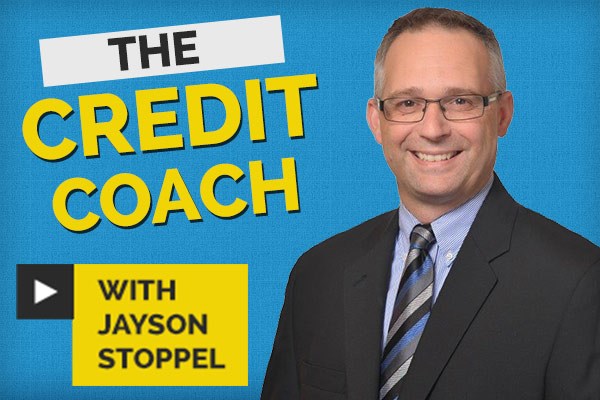Over the past several weeks my blogs have been walking you through the progression of steps that need to be taken when facing a budget crunch or a debt crisis. We started with “What to do when debt becomes a problem,” followed by “Taking control of your finances with a budget,” and then “Consumer proposals and debt settlements.” This final blog in the series looks at filing a personal assignment in bankruptcy.
A filing of a personal bankruptcy, is a statutory or legislative option for people facing a debt issue that is unsolvable using any of the options mentioned in my earlier blogs. It is the last-resort solution after you have explored all other debt solutions. The bankruptcy option can only be accessed through a Licensed Insolvency Trustee (LIT) and each individual looking at this option will go through the assessment process with an LIT.
Bankruptcy is generally available to someone who is unable to pay their debts, also known as an insolvent individual. Bankruptcy provides for the opportunity to seek a discharge from your debts — essentially, you get a fresh start financially. When you file a bankruptcy a bankruptcy estate will be opened with the LIT responsible for handling your bankruptcy affairs from start to finish. When you file your bankruptcy, you immediately get the protections provided in the Bankruptcy and Insolvency act, which is referred to as a stay of proceedings. The filing of a bankruptcy essentially wraps a protective credit shell around you while you work through to the end of the bankruptcy. Creditors generally cannot call you, garnish your wages, harass you or take action against you to seize assets.
The bankruptcy process usually lasts between 9 and 21 months (the process is longer for subsequent bankruptcy filings). The bankruptcy will be noted on your credit file and affect your credit rating for a much longer period. You as the bankrupt individual will be given a set of duties to complete in order to obtain the discharge from your debts at the end of the process. The duties you will face when filing a bankruptcy include the following:
- Attendance at two financial counseling sessions
- The filing of monthly budget sheets
- Possible required attendances at a meeting of your creditors or an attendance for examination of your credit conduct leading up to the filing of the BANKRUPTCY
- A possible monthly payment of a portion of your income into the bankruptcy estate for the benefit of your creditors, referred to as surplus income
- The forfeiture of certain of your assets for sale
If you want to do your own research on what’s involved in filing for bankruptcy, a good place to start is the Office of the Superintendent of Bankruptcy (OSB) website. The OSB provides information, resources, definitions and videos that explain in more detail the steps involved in filing for bankruptcy and the role of an LIT. The BDO First Call Debt Solutions website provides an excellent overview of the bankruptcy process and can answer some of your questions on the Bankruptcy FAQs page.
If you think bankruptcy might be your only option, an initial assessment with an LIT is generally free of charge and comes with no obligations. The initial assessment is usually an hour-long information session with an LIT. The LIT will explain your duties in detail as well as review your personal situation and inform you as to how a bankruptcy will affect your current situation. Please remember it is only information — there’s no obligation on your part to file for bankruptcy. Don’t let the myths you might have heard about bankruptcy stop you from getting help. I often see people during their initial assessment that have been struggling with debt far too long due to their fear of bankruptcy.
Questions such as: will I lose my car, what happens to my credit rating, do I get to keep my RRSPs, what assets do I lose, how much to I have to pay, is my spouse or partner affected, are all best answered by an LIT in this initial assessment.
Although the Bankruptcy and Insolvency act is a federally legislated process, each province has rules and legislation that effect what happens in a bankruptcy. Items such as a portion of household equity, value in an automobile, pensions, RRSPs, personal effects and furnishing often will be exempt from seizure in their entirety or to certain values in a bankruptcy.
Having worked with BDO First Call Debt Solutions for 15 years I have assisted many individuals with different debt relief strategies — from working with a budget to filing of a personal bankruptcy. Arming yourself with good information and then making a plan and seeing it through is the most beneficial path to follow, regardless of what option winds up being the right one for you.
Jayson Stoppel is a Licensed Insolvency Trustee and Chartered Accountant with BDO First Call Debt Solutions. With over 15 years in practice, Jayson assists individuals, families and companies with financial difficulties in Thunder Bay and throughout Northwest Ontario. To reach Jayson by email: [email protected]

